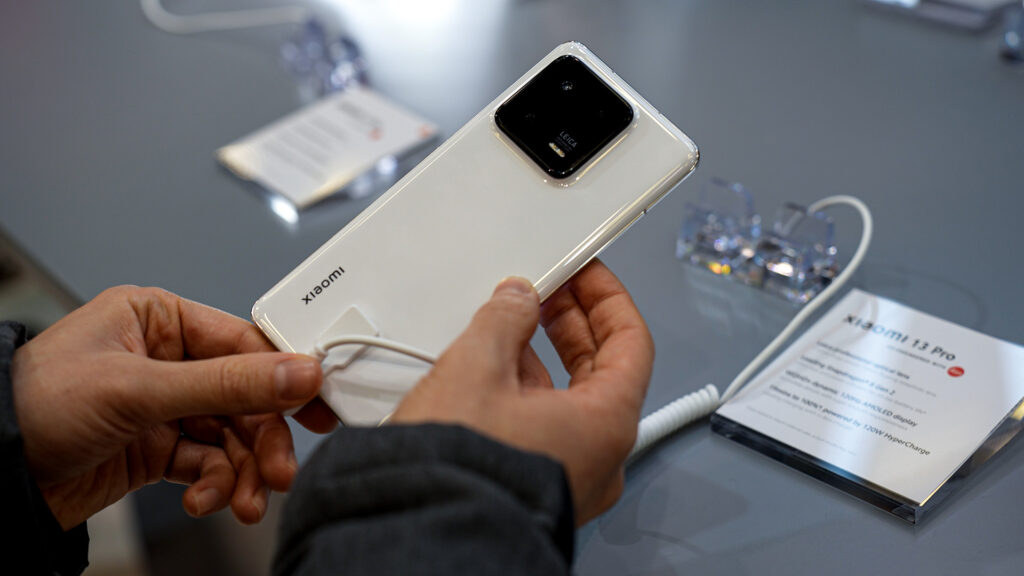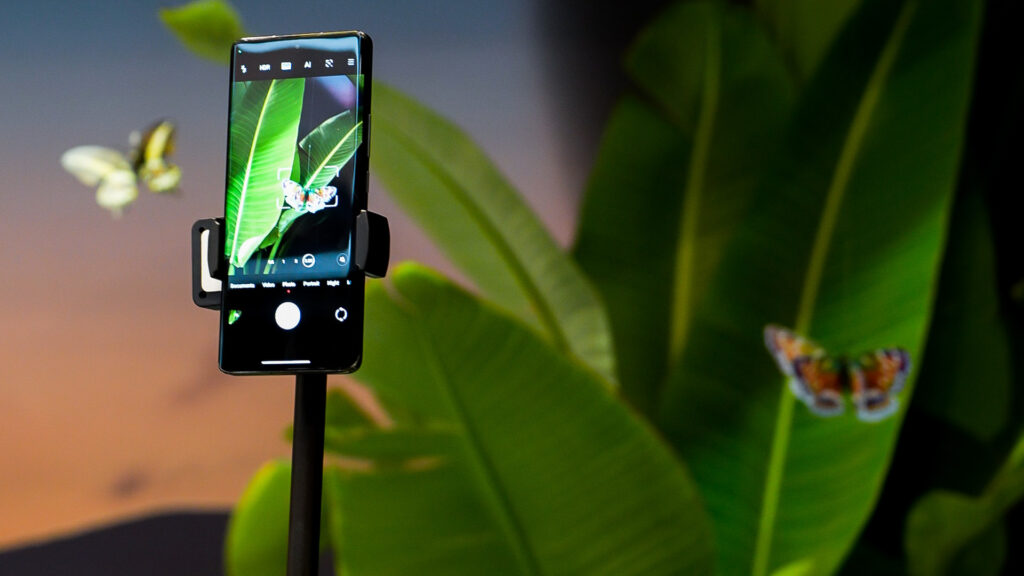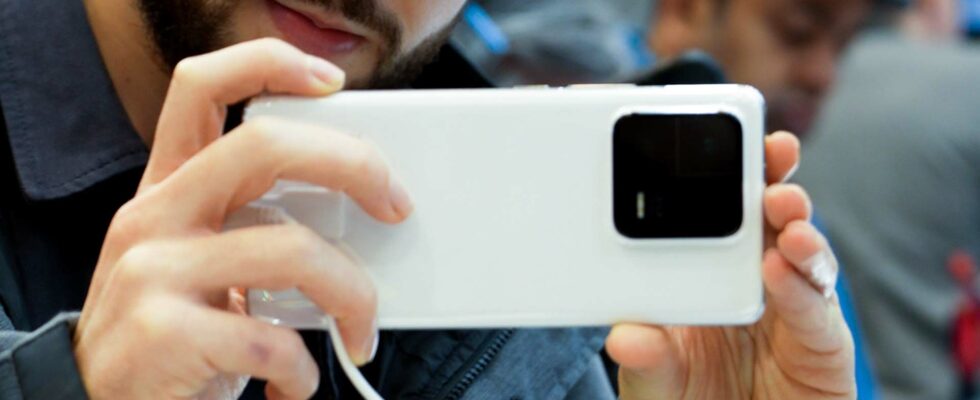The Xiaomi 13 (flat edges) and Xiaomi 13 Pro (curved) cater to both Apple’s iPhone 14 Pro and Samsung’s Galaxy S23 Ultra. Thanks to its association with Leica (the German camera manufacturer), Xiaomi dreams of competing with the stars of the sector.
9 days after the release of the Galaxy S23 Ultra, a smartphone that Numerama considers to be the most complete in photos, Xiaomi is pulling out all the stops to not be left behind in the high-end smartphone sector. Even if the Chinese manufacturer is best known for its low-cost devices, it is with much more premium terminals that it hopes one day to harm Samsung, Apple or Google, by addressing the most demanding users.
At the Mobile World Congress in Barcelona, he has just unveiled the Xiaomi 13 and Xiaomi 13 Pro, two high-end smartphones marketed respectively at 900 and 1300 euros.
Xiaomi + Leica: a partnership to become a photo expert
For a long time, Huawei unquestionably ruled the smartphone photo industry. The Chinese brand’s “RYYB” sensors, a reinvention of Bayer’s matrix to improve the quality of night photos, have allowed it to take a significant lead over its American and Korean competitors. Huawei, in spite of itself, was stopped by a decision by Donald Trump, which abruptly ended its conquest of the West.
Throughout its reign, Huawei partnered with Leica. If it was above all a strategic alliance to gain legitimacy (Huawei engineers are among the best, Leica’s expertise was not the only reason for its success), the German manufacturer allowed Huawei to gain maturity. In 2022, after 6 years of partnership, Leica separated from Huawei and chose Xiaomi, which dreams of becoming the new Huawei (and which is off to a good start given its market share).

After a first test with the very discreet Xiaomi 12S (it has never been sold in France), Xiaomi is finally making its alliance the norm with its Xiaomi 13 range. Its two new high-end smartphones feature the Leica logo, since the German oversaw the development of their camera module.

Xiaomi 13, a technological demonstration
The sensors of the Xiaomi 13 and Xiaomi 13 Pro were not made by Leica, but the smartphone lenses are well designed by the photo specialist. The German also helped Xiaomi balance the accuracy of its algorithms, a point on which Chinese manufacturers are regularly criticized. The user can notably choose between the “Authentic Leica” and “Leica Vibrant” modes to vary the color fidelity, while the interface has been revised to conform to that of the brand’s cameras. Surely there is marketing in there, but the Huawei precedent is proof that Leica knows how to lift a smartphone manufacturer.
What’s interesting about the Xiaomi 13 and Xiaomi 13 Pro is that they don’t chase Samsung on versatility, but on quality. Instead of multiplying the camera modules on the back of its smartphones, like other Chinese brands (and itself in the past), Xiaomi has chosen to focus on triple calibrated camera modules to offer the best visual quality. The Xiaomi 13 Pro is entitled to a 1-inch sensor (IMX989, 23 mm equivalent, 50 Mpix), a sensor that has absolutely no equivalent on the smartphone market. Its XXL size allows it to capture more light, but also to improve the sharpness of the image. Its two other sensors also offer a definition of 50 Mpix, with an ultra wide-angle (14 mm equivalent) and an optical zoom x3.2 (75 mm equivalent). We can expect the latter two to do better than their equivalents at Samsung, even if the Korean has the advantage of offering an optical x10 zoom.

The Xiaomi 13, although less ambitious, also has the right to a triple camera module, but it uses more ordinary sensors. It has a smaller 50 Mpix main sensor, in addition to an ultra-wide angle (12 Mpix) and x3 zoom (10 Mpix). The software part is nevertheless the same, always with Leica.

Can Xiaomi dethrone Samsung this generation? If the Galaxy S23 Ultra’s zoom seems unbeatable, the Korean should seriously watch his Chinese rival. We also note that there is no Xiaomi 13 Ultra yet, which leaves room for an even better product in the photo.
Wi-Fi 7, 120W charging and LTPO screen… The smartphone of excess
If you’re wondering who Xiaomi’s targets are with its two smartphones, just look at their designs. The Xiaomi 13 imitates the iPhone, the Xiaomi 13 Pro looks like a Samsung. The Chinese manufacturer is positioning itself intelligently to satisfy everyone, when it had accustomed us to copying Apple above all. On the other hand, in terms of technical characteristics, Xiaomi is for once a pioneer.

Equipped like the Samsung Galaxy S23 with the Snapdragon 8 Gen 2 chip, the Xiaomi 13 are, to our knowledge, the first compatible with Qualcomm’s FastConnect 7800 modem, which supports Wi-Fi 7. This is almost ridiculous, since Wi-Fi 7 routers don’t really exist yet, but Xiaomi is getting ahead. The Xiaomi 13 Pro is also entitled to a latest generation OLED LTPO screen (1-120 Hz, for 6.73 inches) as well as 120W wired charging, with the promise of a full recharge in 19 minutes. The Xiaomi 13 goes slower (67W), but should still put a beating on the iPhone and Galaxy. Its screen is content with LTPS OLED (6.36 inches).
A smartphone purchased, a TV offered
At 899.90 euros and 1299.90 euros, the Xiaomi 13 and Xiaomi 13 Pro have an obstacle: their prices. The high-end segment is dominated by the Apple/Samsung duopoly (with a clear advantage for the creator of the iPhone) and it is unlikely that Xiaomi will impose itself despite the quality of the smartphones. To convince people to buy its devices, the Chinese brand had the funny idea of offering people who order its device before March 7… a 43-inch TV. No, it’s not a joke. Xiaomi also promises free out-of-warranty repairs for the first year, in the event of screen breakage, for example.
Subscribe to Numerama on Google News to not miss any news!
